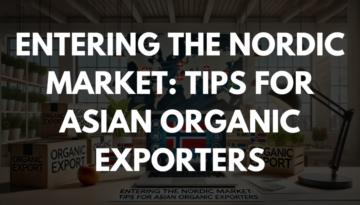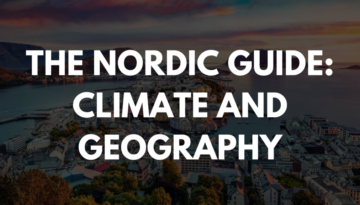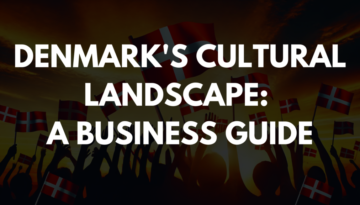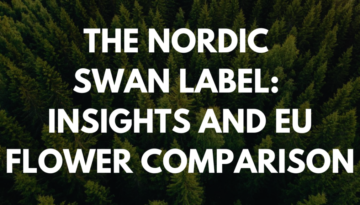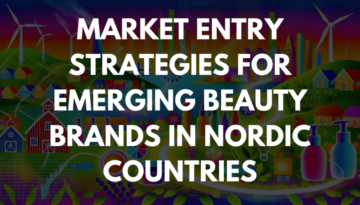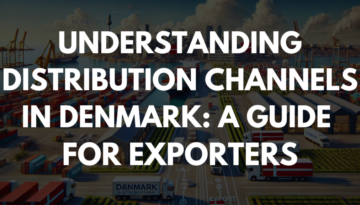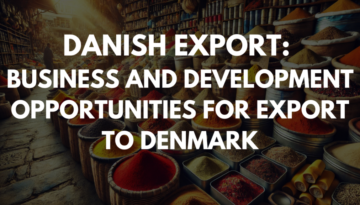Nordic Businesses Evaluate Supplier Sustainability
It’s time to address sustainability. The Nordic countries—Denmark, Sweden, Norway, and Finland—are renowned for their leadership in sustainable development, prioritizing environmental impact reduction and social equity. Recently, Nordic businesses have made substantial strides in sustainable operations, emphasizing transparency, accountability, and responsible sourcing. These efforts are interconnected with the sustainability practices of their suppliers, as the […]


